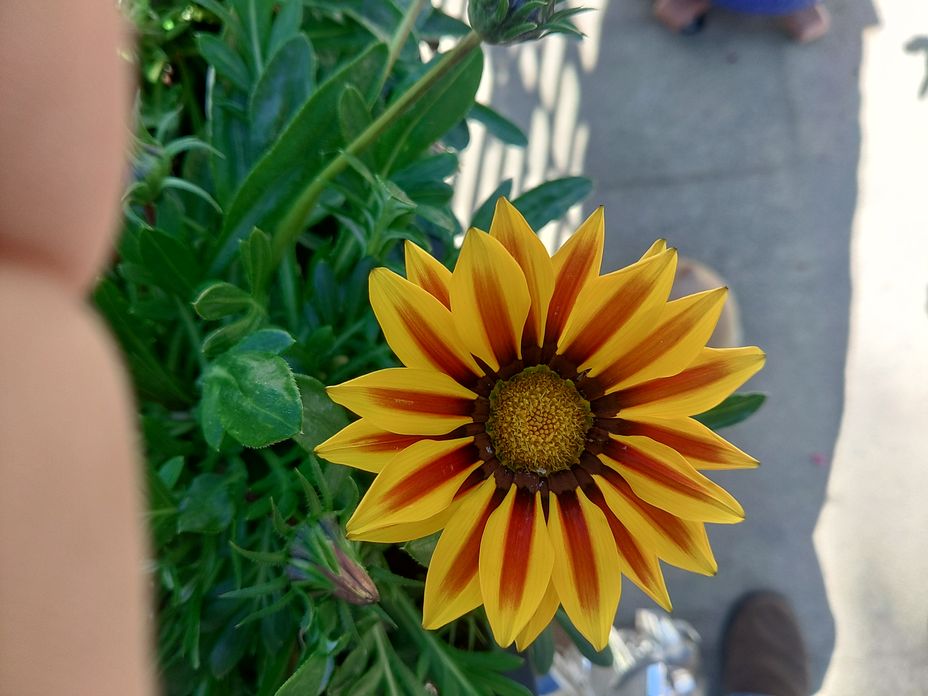Sometimes there is no healing
The difference between exhaustion from exercise and the exhaustion from muscular dystrophy is pretty big. When you exercise and over do it you can rest up and eventually your body will return to normal. When you have muscular dystrophy your body in never rests and even if you were to lay down all day the next day you will still be in excruciating pain. There is no cure or treatment for my type of myopathy so the disease is progressing taking out all my skeletal muscles my legs and arms are getting weaker and the fear of quadrapelegia is in my mind because I don't even know what that looks like.
My point is sometimes there is no healing just a messed up version of ground hog day where I am in pain all day long every day. There is no getting through this or over it the condition will stop when my heart does. Couldn't tell you exactly why I still have a fervour for life I mean I still break down and cry from the intractable pain but life itself is still a gift what an amazing thing to be human. I'm also 58 so I have lived a good life until fourty when the back operations started. I am always looking for healthy distractions I love music, a good movie, the beauty that surround me where I live, and of course my dog Mayak and my Mom. I'm thankful to the mighty for letting me express myself and thanks to anyone who took the time to read this kind of boring tale#MentalHealth #DegenerativeDiscDisease #MuscularDystrophy #Fibromyalgia #ChronicIllness #Anxiety #Disability #etc








